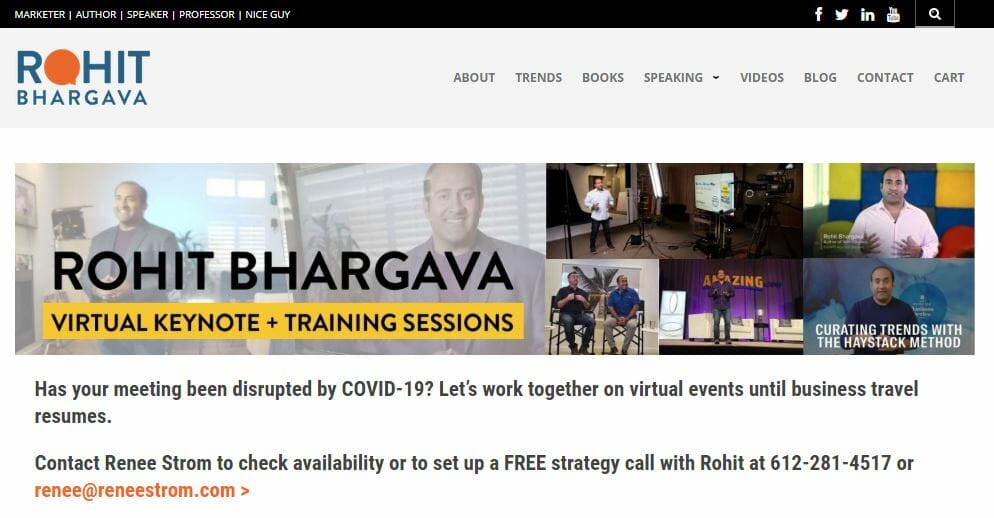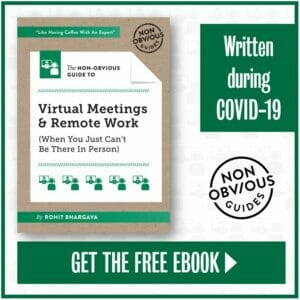http://feedproxy.google.com/~r/TheWritePractice/~3/5l-R5iv46HU/
Writing is a lot of work, and there are definitely parts of the process that aren’t fun. But if writing has become a drudgery, if it’s become something you dread every day, then maybe it’s time for a little play to reinvigorate your love for writing. What if you were writing for fun?

I’ve spent most of my teaching career with high school and college students, but I had the opportunity to work as an elementary librarian for a few years, running book and writing clubs and basically playing in the literary sandbox with kids. It was a blast.
The kids who came to my book and writing clubs embraced the experimental in their work, willing to play with words in a way I’d not seen in the majority of my teen and adult students. I remember a student who would read the same line or page in a book with multiple voices, each one adding a new line or slightly altering the message and tone until we couldn’t hear his voice anymore over our laughter.
It was pure joy.
Joy: lost and found
As I went back to my high school and college classrooms, I found that most of my students loathed writing. If I announced a writing project or exploration, it was met with groans. The questions that these writers asked included, “How long does it have to be?” and “Am I done?” Writing had become pure torture.
Somewhere along the way, someone made them feel like they weren’t writers. They stopped trusting their own creativity and voice.
As I began to unpack why, most reported that all the fun had been drained out of writing with uninteresting prompts and five-paragraph essays. They didn’t have time or the option to write about things that interested them. Too often we prioritize academic niche writing at the expense of every other form that we consume and enjoy daily.
My first goal is always the same: help them rediscover their voice and ability to play with language. Put another way, help them rediscover writing for fun. I gently nudge writers toward topics and forms they like, in hopes they would rekindle some of that childhood curiosity and creativity. We begin to see pages in notebooks filled where blank lines had once sat hopeless.
Invariably, I begin to hear conversations that include, “Listen to this!” and “OMG, I’ve never written this much before.”
A few students still eye me warily, sure I’m about to force them to turn their fun into something they’ll dread. Instead, we find the lines that sing, we find one thing to improve, and we keep going.
Volume and deliberate practice yield results. And the way to more volume? The way to keep going? Is to make the writing practice fun.
But what about (cough, cough) serious writing
That’s fine and well, you might say, but what about the *serious writing*? I teach that too, but students need freedom in topics and form as much as possible. And I would argue that *serious writing,* like all good writing, is created from a place of fervency (some call it exigence)—the topic matters, and the form rises to meet the needs of the writer and the audience.
But don’t underestimate the power of play. We don’t outgrow it.
My college classes are finishing an argumentative writing course right now, and their culminating project asks them to engage a form creatively that uses the same skills we applied to formal academic writing: research, curation, analysis, and synthesis.
Some students are analyzing true crime podcasts. Others are building public service announcements. Some are writing fiction and others are honing creative skills like learning a complex piano piece and tracking development.
I’ve heard comments such as, “I hadn’t thought of this as writing!” and “I can’t believe I get to do this for school. I’m learning so much. Thank you!”
Turns out the best way to take your writing seriously is to play.
//platform.twitter.com/widgets.js
For adults: Meet your mentor, a kid
How do we do it, then? Is it really as simple as, “OK, today I’m going to play”?
For kids, it is—they don’t think so much about the rules and what sells and what’s expected. If you’ve ever played a game with a child who was improvising the day as she went along, you’ve experienced this.
For adults, I’ll wager we’re all sitting at our laptops trying to force ourselves into some childlike state, fingers poised over the keyboard. “Play, darn it! Write for fun!” Really, we need to start by letting our minds wander.
What games did you love as a kid? Make a list or describe a game the way you remember it. Then write a variation.
Add something absurd. Add an alliterative line. Smile as you write or type.
Take a snack break. Smell something near you and describe it to your dog.
Read something that makes you laugh. Read something that takes your breath away. Describe what happened or mimic the form.
Don’t think about what you’re going to do with the writing that emerges. Just play. The experience is its own reward.
For kids: The Write Summer Camp 2020
Do you have a child age 7 to 14 whom you would love to see keep their writing joy and develop it this summer?
We’ve gathered a group of bestselling authors, professional writers, and award-winning teachers to create a fun, interactive, week-long writing experience.
Camp sessions are all held online, and we combine the right blend of writing instruction, encouraging feedback, and lots of writing fun for kids.
During your child’s Write Summer Camp experience, they’ll get to:
- Learn from professional writers
- Find and develop ideas for writing
- Write their own story, ready to share by the end of camp
- Practice revising their own work using feedback
- Build their creative muscles and writing confidence
We’re inviting kids ages 7 to 14 to play with writing this summer. Sound like fun?
Playtime
No matter your age, you can always rekindle the joy of play in your writing. Relax and give yourself permission to be silly. Let your curiosity and whimsy guide you.
Remember, the more you write for fun and enjoy the process, the more others will enjoy reading it!
When have you found joy in writing? What are your favorite ways to play in your writing? Share in the comments.
PRACTICE
Take fifteen minutes. Make a list of your favorite childhood games or describe a game the way you remember it.
Then write a variation. Add something absurd. Add an alliterative line. Smile as you write or type. Take a snack break. Smell something near you and describe it to your dog.
Alternately? Just sit on the floor and tinker with something for ten minutes, and then come back and describe the experience.
Share your play in the comments below, and be sure to leave feedback for your fellow writers!
The post Writing for Fun: A Guide to Playfulness for Serious Writers appeared first on The Write Practice.





 Mark Schaefer is the chief blogger for this site, executive director of Schaefer Marketing Solutions, and the author of several best-selling
Mark Schaefer is the chief blogger for this site, executive director of Schaefer Marketing Solutions, and the author of several best-selling 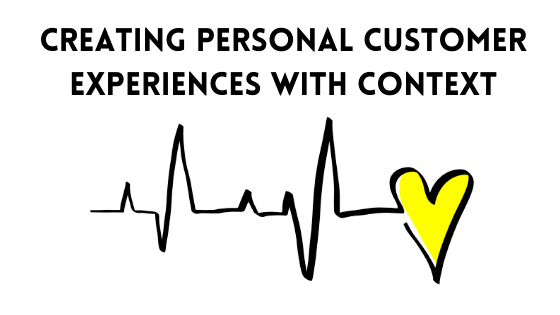


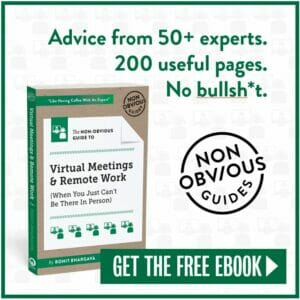

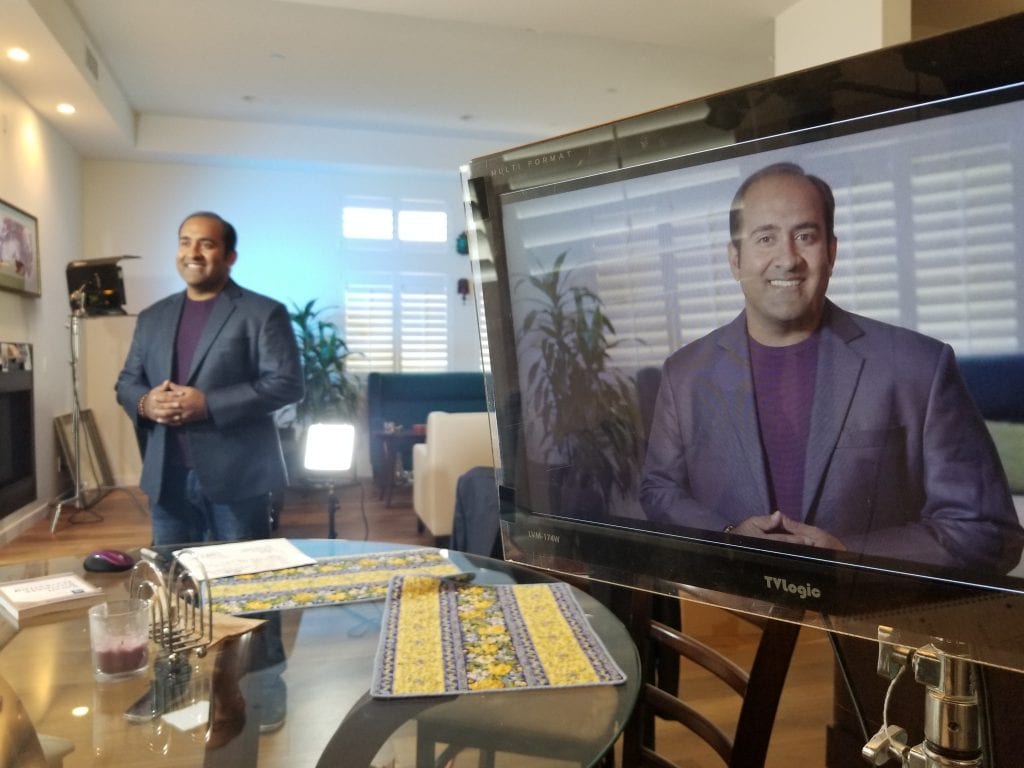


 One of the nicest things about presenting from my home office is that I can have all the tools I usually use right next to me. So while I used to share a picture of a stack of books that I read from the stage, now I can actually SHOW people the stack. Props are a great way to break up the monotony of a talk and bring your personality too.
One of the nicest things about presenting from my home office is that I can have all the tools I usually use right next to me. So while I used to share a picture of a stack of books that I read from the stage, now I can actually SHOW people the stack. Props are a great way to break up the monotony of a talk and bring your personality too.